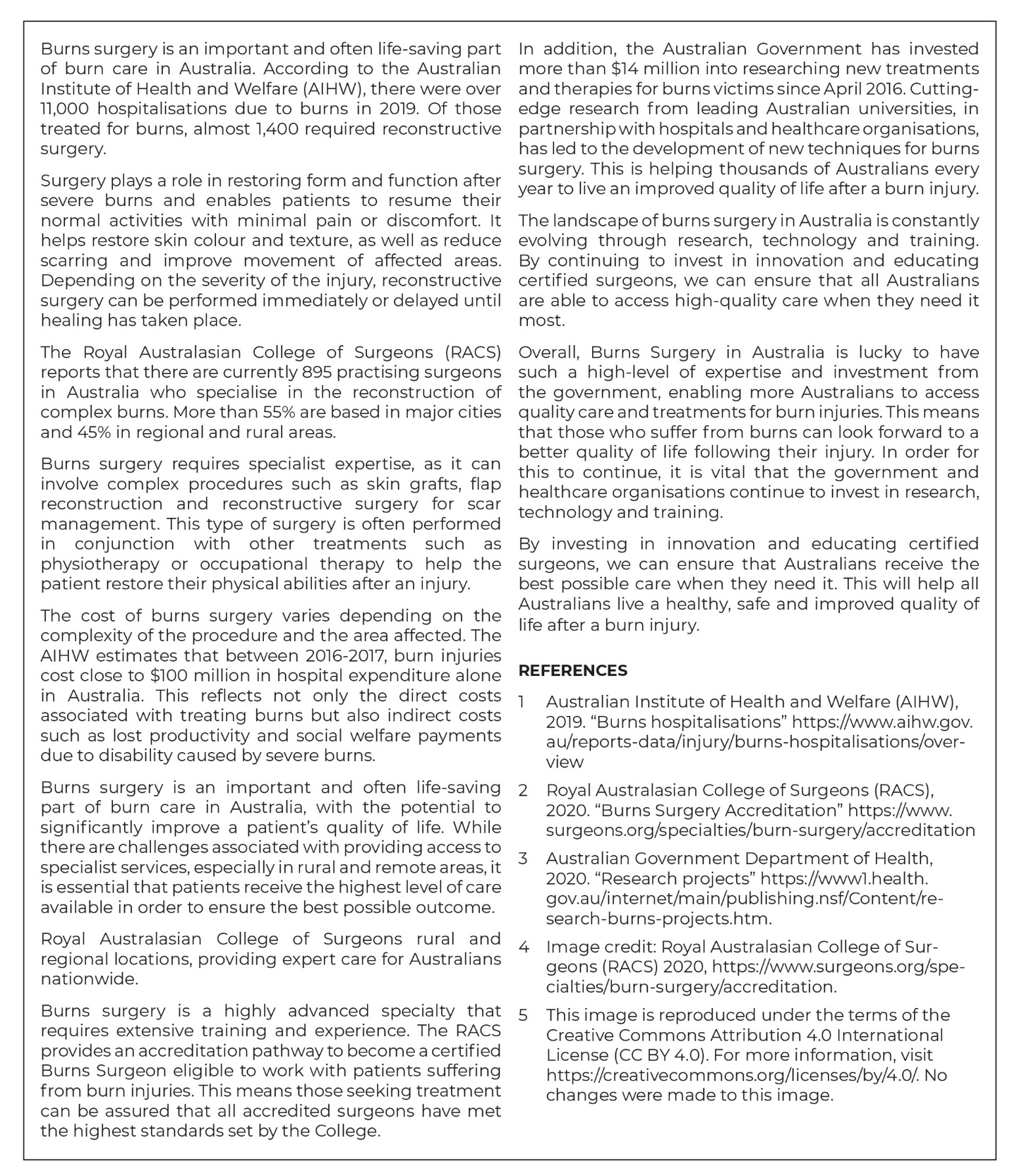In 13th century Europe, Christian monasteries were the centres of learning of their age. They contained most of the educated intellectuals of their time. Imagine the loss to society when an elderly monk’s vision deteriorated, and those minds were then lost to the collective. Think also of the many gifted brains that were never even tapped into because of congenital poor vision. Imagine then what a revolution the invention of spectacles was for keeping those great minds and brains engaged in education and learning.
Throughout history there have been many revolutionary advances in technology that have shaken up the status quo. These include the invention of writing and mathematics, the printing press for the wide dissemination of ideas, computing, ‘spell check’ on the Internet, smartphones and many more.
Just as the electronic calculator liberated us from the tedious calculations of mathematics, freeing the brain to think more deeply and be more creative, we may be seeing the same revolution happening to writing with the emergence of freely available artificial intelligence (AI) to aid in writing, and generate content (Figure 1).
So, what could be the role of AI in medical writing? How can we use this technology to aid us without losing the important parts of individual human thought, ideas and innovation? Could it be like an electronic calculator and write content that can be added to and edited, or will we lose important aspects of scientific enquiry?
The use of AI to develop and generate scientific research articles requires careful consideration of the ethical implications and a commitment to ensuring that the technology is used in ways that are ethical, transparent, and beneficial to the scientific community.
But what of other types of medical writing?
As an exercise we decided to ask OpenAI’s ChatGBT1 to help write this editorial. This edition has a burns theme, so we asked: ‘Write an editorial on burns surgery in Australia. Include statistics and references.’ ChatGBT generated this response in around 2 minutes (see Figure 2)
What else can we as plastic surgeons use AI for?
Well, we asked ChatGBT again: ‘Write a comprehensive consent form for breast augmentation surgery. Use dot points.’ It generated this form (see Figure 3)
When it comes to plastic surgery, obtaining informed consent from patients is an essential part of the process. AI-driven medical writing can help create well-structured consent forms which clearly communicate important points to patients. These documents can also be tailored to individual plastic surgery clinics and patient preferences.
The use of AI in medical writing is a rapidly evolving field. It can be used to create more accurate and comprehensive medical documents such as patient consent forms that save time and costs for plastic surgery clinics and improve patient care. The onus is on content creators to use this tool like a calculator, that is, as a powerful aid and not to completely outsource ideas.





